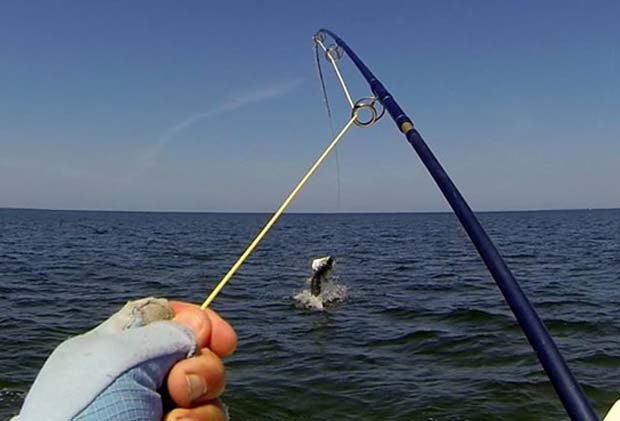National sanctuaries in Florida and Texas will partner with Guanahacabibes national park and the Banco de San Antonio to preserve fragile ecosystems
AP in Havana / Wednesday 18 November 2015
[dropcap]T[/dropcap]he United States and Cuba are set to reach their first accord on environmental protection since announcing plans to re-establish diplomatic relations, linking up marine sanctuaries in both countries to cooperate on preservation and research.
US National Oceanic Atmospheric Administration chief Kathryn Sullivan is in Havana to sign the agreement on Wednesday and continue talks on a host of environmental issues common to the two countries, separated by just 90 miles (140km) of water.
Under the memorandum, scientists with the Florida Keys and the Texas Flower Garden Banks national sanctuaries will partner with counterparts at Cuba’s Guanahacabibes national park and the Banco de San Antonio, located on the island’s westernmost region.
The four sanctuaries share a similar spectrum of fish and coral species, and officials hope the partnership will allow researchers to collaborate on how best to preserve their fragile ecosystems as tourism and oil exploration continue to expand.
“This opens the door to collaborating on many, many fronts so the so-called invisible lines of the Gulf (of Mexico) disappear,” said Daniel Whittle, the US-based Environmental Defense Fund’s senior director for Cuba. “In my mind this is long overdue.”
Washington and Havana announced last December that they would resume diplomatic ties, and formally did so in July.

Some science suggests Albula vulpes travels from Cuba to the Florida Keys as well as from the Florida Keya to Cuba., BTT photo,
Environmental cooperation has been one of the most visible areas of progress in the relationship as the United States and Cuba negotiate and discuss a number of issues. They include much thornier matters on which the two countries remain far apart, such as the US embargo and the naval base at Guantánamo Bay, as well as Cuba’s record on rights and democracy.
US secretary of state John Kerry announced in October that the countries were working on a marine-preservation accord. Also that month, Cuba and the EDF unveiled an initiative designed to protect shark populations, record fishing vessel catches and develop a long-term conservation plan. And in April, NOAA and Cuban scientists circled the island on a research cruise to study the larvae of bluefin tuna, a highly threatened and commercially valuable species.
Advertisement
Cuba’s marine ecosystem is considered one of the best preserved in the region, with large reserves of relatively untouched coral and large populations of fish, sharks and sea turtles. But such ecosystems could come under new threats as Cuba continues to search for offshore oil and tourism booms.
Billy Causey, a regional director with NOAA who helped broker the accord, said the pairings were determined in part by the challenges that the sanctuaries share.
Guanahacabibes national park is one of Cuba’s largest and most isolated reserves. Scientists there will be paired with researchers at the Florida Keys sanctuary, an area that receives more than 3 million visitors each year.
Researchers at Banco de San Antonio and Flower Garden Banks will study their similar deep-water ecosystems and share lessons on a range of issues including protection against oil and gas development.
“We have a lot that our scientists and managers can share back and forth,” Causey said.
US and Cuban scientists have long recognized the need for collaboration, as sharks and other species migrate through the waters off both countries.
Scientists from the US and across the world are gathering this week in Havana for the 10th Ocean Sciences Conference to discuss climate change and conservation.
NOTE: Featured Image is a great tarpon shot from Charlotte Harbor area sent in by BTT member Daniel Ferraris.






